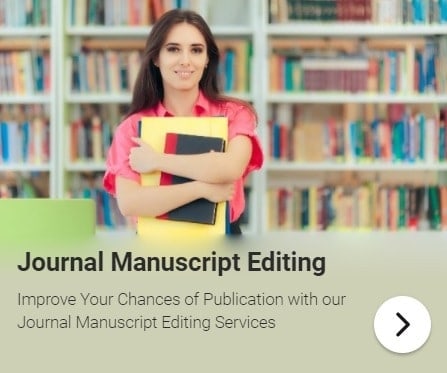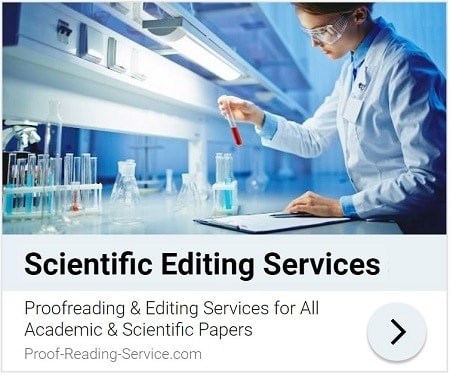
Table of Contents (Guide To Publication)
Part III: Communicating with Journal Editors: Submission, Acceptance, Revision and Rejection – Chapter 7
7.3 ‘We’re Interested but…’: The Revision Process
Many rejection letters can be read in a more positive light as constructive criticism that can help improve papers and the scholarship in them, and even as conditional acceptance letters, though some would argue that there is a clear distinction between rejection and conditional acceptance that resides in that all-important ‘but’ in the heading above. A letter that explicitly states that it will accept a paper if (and only if) the conditions it lays out – these are generally problems to be resolved – are met, sometimes within a set amount of time, is a conditional acceptance. A letter that lays out a number of problems to be resolved in your paper if the editor is to consider or reconsider it isn’t quite a conditional acceptance, but very nearly so. A letter that rejects your paper and provides very specific reasons for so doing isn’t a conditional acceptance either, but it holds out some hope.
Determining whether you should or should not revise your paper to resolve the problems indicated in a response from a journal editor can be difficult, even if the letter says that your paper will be published if you make the changes. If an editor’s demands mean that an author would need to compromise what he or she believes to be the integrity of his or her research, data and/or argument, for example, a scholar is well advised to consider the matter carefully. If acceptance after complying is not a certainty, it may be best to move along to another journal first, and if acceptance is a certainty after conditions are met it may prove necessary to write a carefully crafted response explaining what can and cannot be changed and why. If a compromise can be negotiated with the editor, even ethical and intellectual hurdles can be surmounted.
Just as each paper is unique, each letter from an editor is unique, and reading information that you really would rather not have received at all with an open, objective and thoughtful mind, especially when your own writing is the focus, can be difficult. After first reading a disappointing letter from an editor, regardless of whether it is a rejection or a call for revision, it’s best to set it aside (or close the email message) and take some time to calm down and regain distance. Go for a walk or enjoy a bubble bath, eat some ice cream or work out at the gym, watch a funny movie or read some Jane Austen – whatever it takes to soften the blow and bring you to a more objective perspective. Then read the letter again with your focus on understanding exactly what about your paper was criticised and what sort of suggestions might have been offered for improvements. Have an experienced colleague – ideally one who read or is willing to read your paper for you – read the letter as well and offer ideas. Then reread your paper critically paying special attention to any details or sections singled out as problematic in the letter. Some decisions about how to proceed with revisions will be much more complicated than others, and each situation unique, but below you’ll find a brief discussion of three main categories of criticism that often arise in the letters academic and scientific authors receive from editors.
7.3.1 Formatting, Structure and Referencing Style
One of the easiest forms of criticism to deal with is that addressing noncompliance with journal guidelines regarding the formatting, structure and referencing style used in a paper. If, for instance, the letter you’ve received informs you that you haven’t followed the journal guidelines in the structure and layout of your paper, in the formatting of your tables or perhaps in the citation and referencing style you’ve used, and those are the only problems mentioned, they can be easily resolved. If the letter is a conditional acceptance based on your improving these aspects of your paper, then it’s simply a matter of complying (see Chapters 3 & 5 of this Guide). Reply to the editor with thanks for the helpful criticism and explain that you understand the problems, are beginning revisions and will be sending the edited paper back as soon as possible (or within a certain time frame if one has been given).
Because it takes a good deal of work to reformat a paper carefully, however, and the format required differs considerably from journal to journal, it’s a good idea to be certain that reformatting for the same journal will be worth the effort. So if the letter you received only suggests that the editor might reconsider your paper if you resolve the problems identified, or simply points out the problems as the reason for not accepting the paper, it would be best if you wish to continue pursuing publication with the journal to confirm that your efforts will in fact result in serious consideration. Reply to the editor with thanks for the helpful criticism, explain that you understand the problems, and ask if he or she would be willing to reconsider or accept the paper were you to correct those problems (see Letter A.1 in the Appendix below). If the answer you get back is promising, it’s probably well worth revising your paper and resubmitting to the same journal. You’ve opened the door to a positive working relationship and shown your willingness to work toward publication, but you’re going to need to do the job of complying with the journal guidelines much more carefully and accurately this time. You’ve been given a second chance, and it would be unwise to make the same mistake twice – that an editor will remember.
Whether you’re resubmitting your paper on the basis of a conditional acceptance or a conditional reconsideration, explain in detail in a letter accompanying your resubmission exactly what you’ve done to improve your formatting, structure and/or referencing style, and address each and every concern itemised in the letter you received (see Letter A.2 in the Appendix below). If there was anything that proved problematic or any ways in which you weren’t able to comply with the guidelines or specific requests, mention them and why the problems couldn’t be resolved as you’d hoped. It’s always good to suggest as well your willingness to revise further if need be.
This article is part of a book called Guide to Academic and Scientific Publication: How To Get Your Writing Published in Scholarly Journals. It provides practical advice on planning, preparing and submitting articles for publication in scholarly journals.
Whether you are looking for information on designing an academic or scientific article, constructing a scholarly argument, targeting the right journal, following journal guidelines with precision, providing accurate and complete references, writing correct and elegant scholarly English, communicating with journal editors or revising your paper in light of that communication, you will find guidance, tips and examples in this manual.
This book is focusing on sound scholarly principles and practices as well as the expectations and requirements of academic and scientific journals, this guide is suitable for use in a wide variety of disciplines, including Economics, Engineering, the Humanities, Law, Management, Mathematics, Medicine and the Social, Physical and Biological Sciences .






